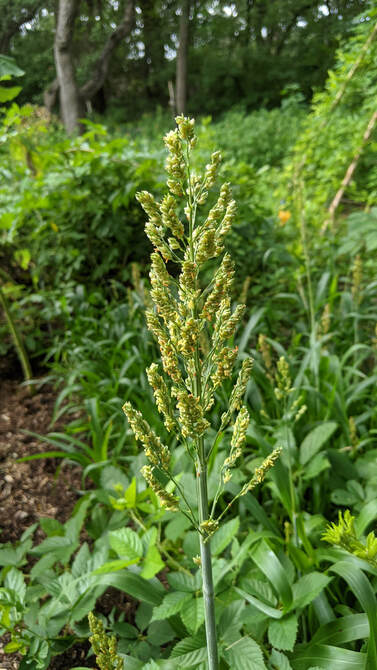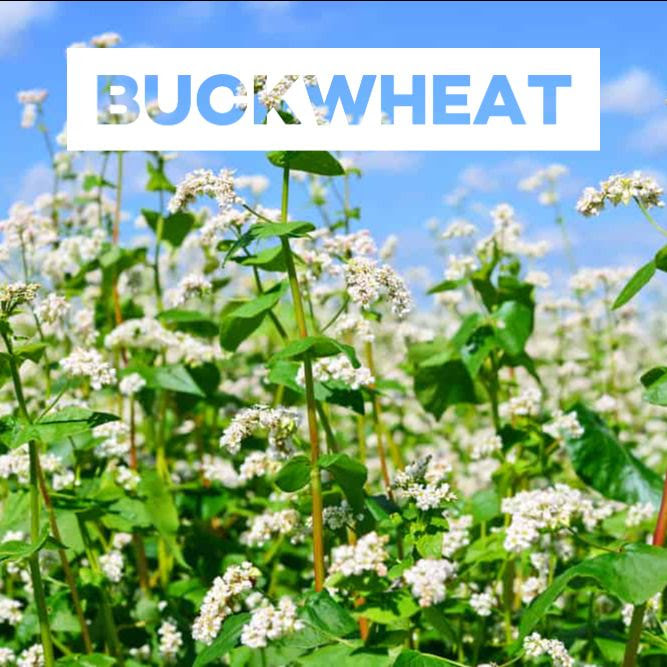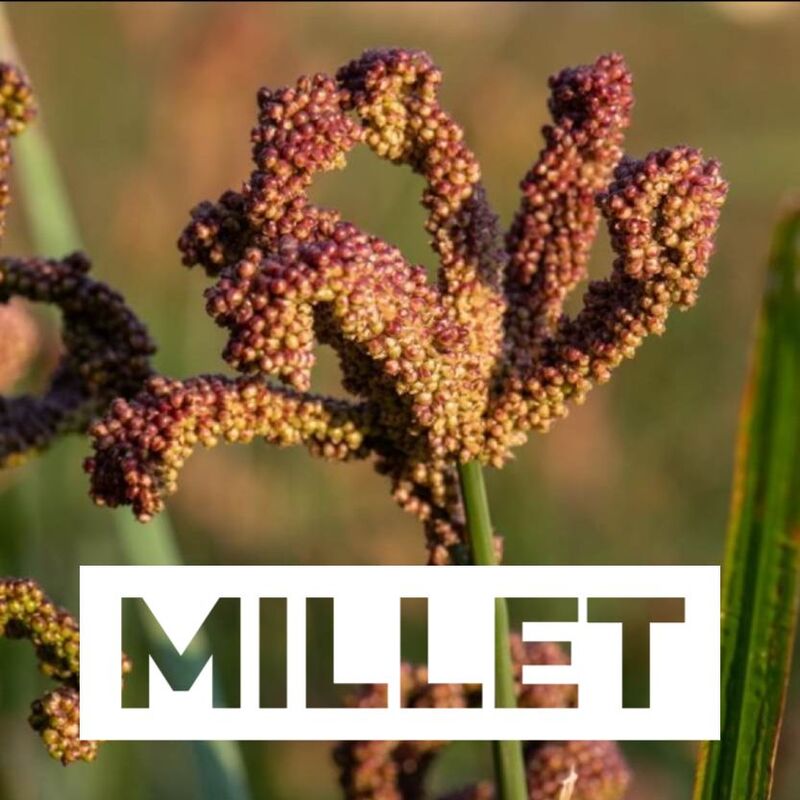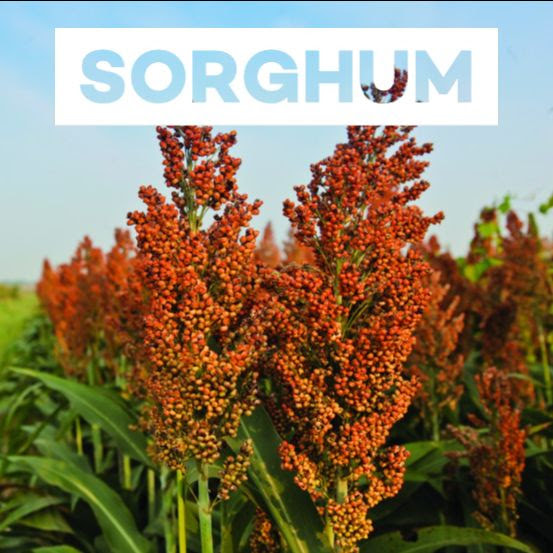 Sorghum, Millet and Buckwheat Growing at Zilker Botanical Garden Sorghum, Millet and Buckwheat Growing at Zilker Botanical Garden What summer cover crops do you like to use? We spent a few minutes before the rain to sow summer cover crop seeds in the teaching beds at Zilker Botanical Garden. WHAT ARE COVER CROPS? Cover crops keep your soil web working by adding nutrients, suppressing weeds, controlling / redirecting insects and most importantly it is a carbon sequestration stragtegy. Your soil ecosystem will be balanced, fertile, and ready for fall planting. A cover crop is a crop you grow for the soil, and not necessarily for your plate but we are going to try hand-harvested some of them this year and will let you know how it goes. Many crops can be harvested and used as a forage for backyard chickens BENEFITS OF COVER CROPS
RECOMMENDED VARIETIES FOR CENTRAL TEXAS
WHERE TO PLANT So based on all of these benefits, choose an area in your garden, for a new area that you want to garden that. It is also a good crop rotation strategy. We will be planting cover crops where we grew corn, which uses a lot of the nitrogen in the soil. Additionally we will be planting cover crops where we grew sweet potatoes. This will ensure that we control any potential nematode problems. WHEN TO CHOP & DROP Once you're ready to start your spring garden, you can cut down your cover crops by mowing, weed eating, or just chopping down with some loppers. Never, uproot your crops because you want to not upset the soil ecosystem or pull up the organic matter and nitrogen nodules that are in the roots of the plants. You can use the organic matter as mulch, you dig a trench in your garden and compost the organic matter or add it to you compost bin. WHERE TO BUY Check your local garden store or purchase seeds online. |
AuthorWrite something about yourself. No need to be fancy, just an overview. Archives
May 2024
Categories |




 RSS Feed
RSS Feed